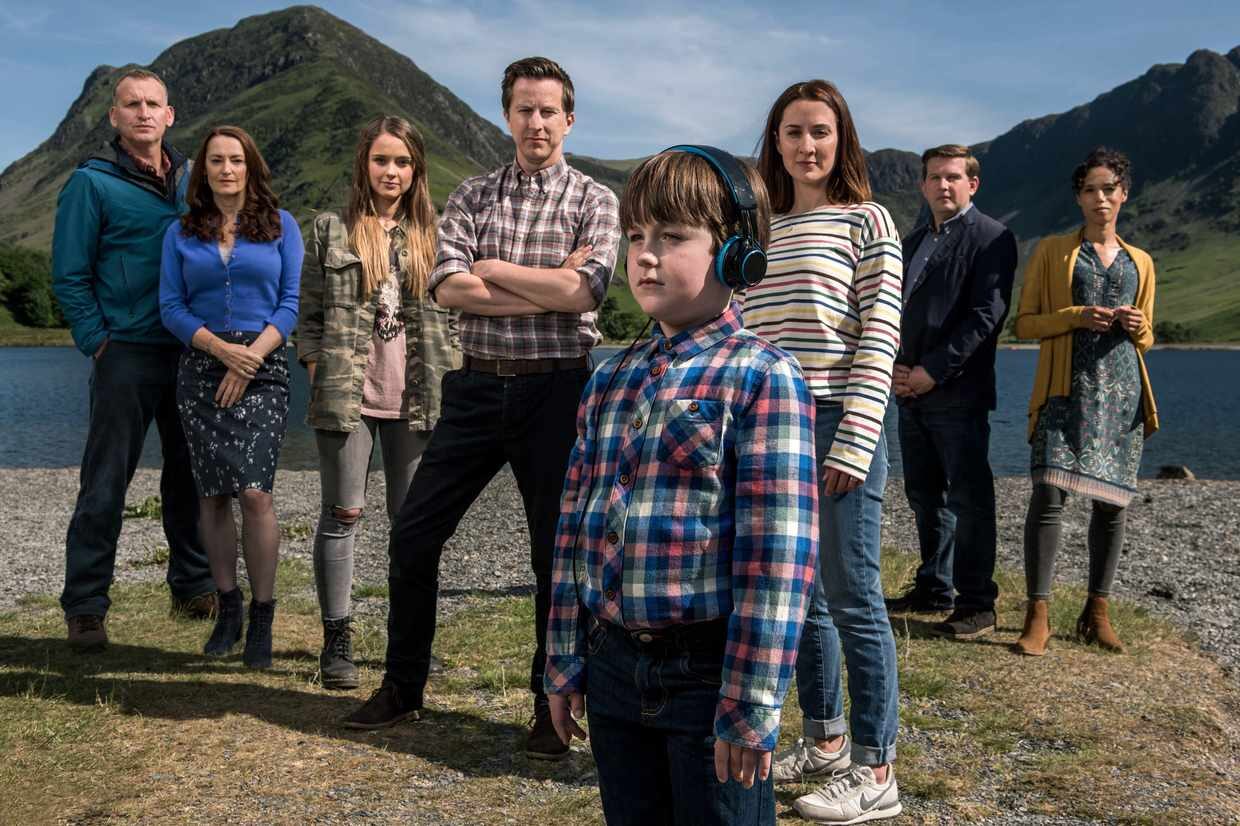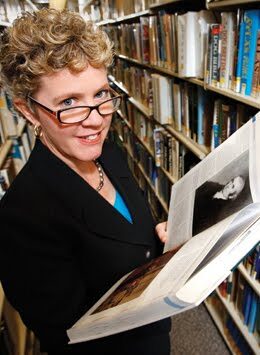Elizabeth Bartmess elizabethbartmess.com This is a three-part series. Part I explores autistic interiority and neurology. Part II explores Diversity in Autistic Characteristics and Demographics. In Part I of this series, I talked about how good representation of autistic characters shows interiority—characters’ inner experiences and reasons for doing things—and how various aspects of autistic neurology affect our experiences, particularly sensory differences, language and speech differences, social skills and abilities, and our ability to strongly enjoy specific interests. I also briefly mentioned executive function, the usefulness of routines and structures, motor difficulties, and a few other common differences, plus some common co-conditions, and discussed how having these differences, and having to interact with others surrounding them, results in our developing skills and coming to new situations with particular expectations for what will happen. In Part II, I talked about variation among autistic people: we each have a particular constellation of neurological characteristics…
Tag: representation
Elizabeth Bartmess elizabethbartmess.com This is a three-part series. Part I explores autistic interiority and neurology. Part III explores Setting, Plot, and Character Growth. In Part I, I talked about how neurological differences affect autistic people’s internal experiences and strategies, and how we change over time as a result. Today, I’ll talk about variation in autistic characteristics, in our and others’ relationship to our diagnosis (or lack of it), and variation in demographics, as well as how others’ perceptions of us influence how they treat us, and how we change in response. On Friday, I’ll bring everything together and add some thoughts and links to advice on writing autistic characters, along with a list of some common aspects of autistic experience that are underrepresented in fiction, plus a list of all the books and short stories I’ve mentioned. Even though autistic people have many things in common, we also vary a…
Elizabeth Bartmess elizabethbartmess.com This is a three-part series. Part II explores Diversity in Autistic Characteristics and Demographics. Part III explores Setting, Plot, and Character Growth. “A lot of writers and actors seem to be able to get their heads around what autism basically is, in terms of language, sensory, and social communication difficulties. But then it’s as if they don’t know, or can’t extrapolate to, the full range of experiences that autistic people actually live. That things have happened to us, and things have happened in certain ways for us all our lives, and those things have had consequences for who we become and who we are….[T]he autistic characters [readers and viewers] are used to seeing have no depth of experience. They are people without history.” —Chavisory, at Chavisory’s Notebook This series is about what autistic characters look like when they’re written well, when they have the depth of experience…
Poster for the movie Please Stand By [image: Dakota Fanning, a white blonde woman wearing an orange sweater and lots of colorful lanyards, as the autistic character Wendy in Please Stand By,] Amanda Forest Vivian adeepercountry.blogspot.com I usually don’t watch movies about autism, but after being told that [TPGA editor] Shannon would make me a gimlet I dipped my toes into the horrible pool. My limply positive impression of the trailer was borne out by the movie: it doesn’t say anything bad about Autistic people, and the main character Wendy breaks some stereotypes. She is female, can’t live on her own but can talk, and isn’t a genius. I don’t think this movie will harm Autistic people, and I’m grateful for that. However, it’s still a bad movie that has nothing going for it but a dog in a cute sweater. You can see a dog in a cute sweater…
The Main Cast of The A Word [image: A white British boy wearing headphones and looking to the side. Behind him are grouped five white adults, one white teen girl, & a black woman] Sarah Pripas Kapit @SarahKapit The most important thing to know about BBC’s drama The A Word is that it both is and is not a story about autism. On a basic level, The A Word is very much an autism story. The show’s first season told the story of the Hughes family as their young son Joe (Max Vento) was diagnosed with autism. In the second season—the focus of my review—the family continues to navigate life. Given this premise, it is remarkable how many of the show’s scenes have little or nothing to do with autism. The Hughes family, who live in rural Northern England, have a seemingly unending litany of interpersonal dramas: the marital strife,…
Maxfield Sparrow unstrangemind.com Me too. Which is why I can’t wait until Hollywood starts getting that stuff right so I *can* just relax and enjoy a film about people like me. #PleaseStandBy — Unstrange Mind 🖖🏼 (@UnstrangeMind) January 28, 2018 [image: Twitter exchange: “I want to see Please Stand By but as one on the spectrum I don’t want to be hung up on the attention to detail and accuracy of the portrayal at the expense of actually enjoying the movie.” -@GlennHampson “Me too. Which is why I can’t wait until Hollywood starts getting that stuff right so I *can* just relax and enjoy a film about people like me.” – @UnstrangeMind] That Twitter exchange sums up how I feel when I watch fictional movies that feature Autistic characters, like the recent release Please Stand By. I want to just sit back and let the experience carry me away to fantasy…
Maxfield Sparrow unstrangemind.com Freddie Highmore as “The Good Doctor” | photo via IMDB [image: Young white man with short dark hair and dark eyes, wearing a surgeon’s cap, with a surgical mask around his neck. Before last night, the only fictional Autistic surgeon I had seen on television was Dr. Virginia Dixon, the heart surgeon portrayed by Mary McDonnell, who appeared in three episodes of season five of ABC’s Grey’s Anatomy. As Lynne Soraya described Dr. Dixon, “the way the character was written was exploitative, unrealistic, over the top, and insulting.” I completely agree with Soraya’s assessment of Dr. Dixon. So it was with great trepidation that I sat down to watch the first episode of ABC’s new show, The Good Doctor, starring the perennially boyish Freddie Highmore as Dr. Shaun Murphy, a new resident at St. Bonaventure Hospital in San Jose, California. Despite my resistance, I did enjoy the…
Dr. Deb Karhson is a postdoc at Stanford University, where she researches biology-rooted therapeutic approaches to improving autistic quality of life. She is also the “baby sib” of an older autistic brother. We are looking forward to having Dr. Karhson as a featured researcher during this week’s #AutIMFAR chat at IMFAR, the International Meeting for Autism Research. Even better, we got to interview her beforehand: Dr. Deb Karhson [image: Smiling Sri Lankan/Nigerian-American woman with long curly black hair pushed to one side, wearing glasses & hoop earrings.] TPGA: Tell us about your research: What is your focus? Dr. Deb Karhson: Broadly my current work is focused on biomarker discovery and drug development in for autism, which simply put means I’m looking for objective, testable, biological signatures of autism and whether candidate biomarkers can be leveraged for biotherapeutic development. And specifically, that means I’m interested in understanding the role of the…
Some news coverage in the last 24 hours has mentioned autism in the context of the tragedy in Connecticut, particularly referencing Aspergers or “high-functioning” autism. Talking heads have brought up the “empathy” factor when discussing autism, and I’d like to set some of the record on that straight. Empathic ability comes in two forms. One is the social ability to recognize the emotion someone is feeling by following social cues, subtle vocal fluctuations, and other nonverbal communications. Psychopaths, for example, might be quite good at reading people, at applying this cognitive empathy and then possibly exploiting it. Autistic people, on the other hand, generally tend not to be that great at this kind of recognition in non-autistic people. After all, the hallmark of autism is difficulty navigating this territory and registering the meaning of a nonverbal language that is unfamiliar to them. Worth noting, non-autistic people also seem to struggle…
Today, December 14, 2012, I got a text about four minutes before I walked into my son’s school to play the piano for a winter program. The text said that 18 (then up to 20) children had been killed at an elementary school, not unlike my son’s. Children the age of the children I would be making music with in a few minutes. I was in shock. The texts I was receiving came from my dear brother, who has small children of his own. Since I was not online or near any media sources, he wrote to me what I was seeing on breaking news, and we texted together, as parents, about how horrible, how unthinkable, this heinous act was. His children were with him; mine was in school, and I had to resist an overwhelming impulse to sign him out and leave. Then I had to go into the…




